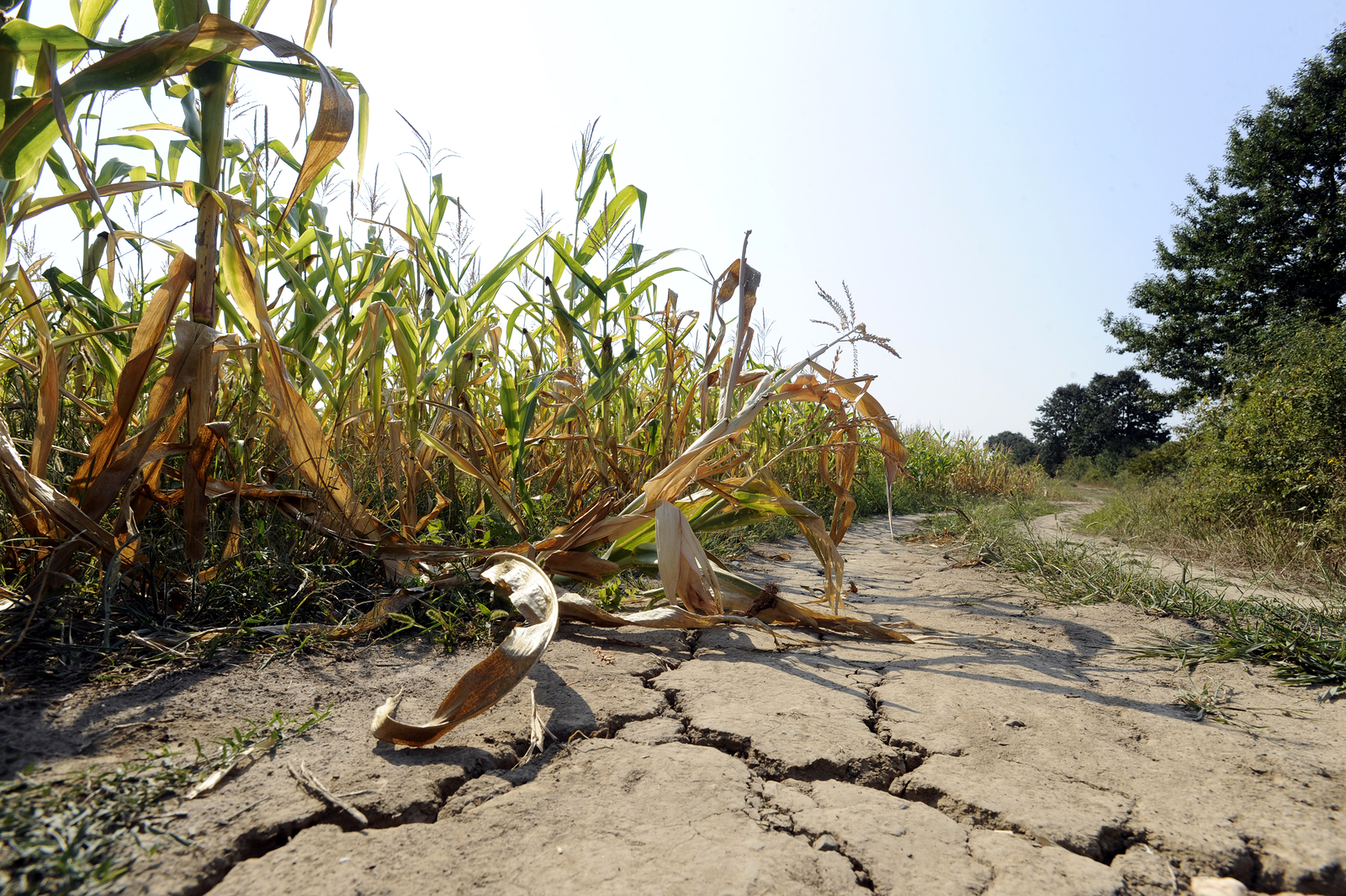
Climate change is a double-edged sword for the food industry: agriculture both contributes to and is affected by climate change.
And the numbers show it. In 2015, 9% of all greenhouse gas (GHG) emissions came from agriculture alone. These emissions hurt crops. According to a recent study by the Potsdam Institute for Climate Impact Research (PIK), without efficient emission reductions, the United States may see crop losses up to 49% by the end of the century due to rising temperatures.
To combat this type of consequence, many food companies today are committing to cutting their carbon footprint across the value chain and holding their suppliers accountable. Limiting food waste is another way food companies may be able to reduce their carbon footprint in the agricultural industry, says a second PIK study.
Let’s look at what some food companies are already doing to lower their carbon footprint — from the field to landfill.
Committing to reducing greenhouse gas emissions
PepsiCo is the latest food and beverage company to commit to reducing greenhouse gas emissions by partnering with Science Based Targets Initiative (SBTI), an initiative that helps companies set science-based targets to boost competitive advantage and transition to the low-carbon economy. Also on the list are General Mills, Kellogg Company, Nestlé, Walmart, and a host of others.
For its part, PepsiCo is committed to reducing GHG emissions by 20% across their value chain by 2030. As part of their 2025 agenda, PepsiCo plans to address the emissions impact of their direct operations, including owned-fleet fuel use and purchased electricity. This accounts for about 7% of their total carbon footprint.
The initiative doesn’t stop at PepsiCo’s door. The company’s climate goal also includes the 93% of their carbon footprint that comes from sources outside their direct operations, including farming, packaging, third-party transport, and the end consumer.
Holding suppliers accountable
Committing to reducing their carbon footprint is a great first step for food companies. To make an even bigger dent in reducing GHG emissions, many companies are holding their suppliers accountable for sustainable changes as well.
Ben & Jerry’s, the famous Vermont-based ice cream brand, partnered with USDA’s Natural Resources Conservation Service (NRCS) to help their milk suppliers — generally small dairies — understand their carbon footprint.
The partnership assists those dairy suppliers in implementing conservation practices that include alternative approaches to managing manure and soil health, both of which help to reduce greenhouse gas emissions.
The more aware food companies become of the impact of every piece of their supply chain, the better they can reduce their carbon footprint.
Reducing food waste with clear labels
But what happens to food once it ends up in the grocery store or the hands of a customer?
Not all of it is eaten. Currently, one-third of all food produced across the world ends up in landfills, estimates the Food and Agriculture Organization (FAO) of the United Nations, an organization that focuses on eliminating hunger, food insecurity, and malnutrition.
The carbon footprint of food produced and not eaten is 3.3 billion tons, says the FAO. For perspective, if food waste were a country, it’d fall at number 3 on the list based on the greenhouse gas it emits, just behind China and the United States.
Fortunately, there’s a simple change food companies can make to reduce food waste once it ends up in consumers’ hands: clear food labels. Changing food labels to clearly express a product’s quality and when it should be used means less food is accidentally thrown away.
Recently, the Grocery Manufacturers Association (GMA) and the Food Marketing Institute (FMI) recommended streamlining food labels to include only two types of date labels: “Best if used by” and “Use by.” While adopting these new labels is completely voluntary, many companies are already adopting them, including food retail giant Walmart.
Jack Jeffers, vice president of quality at Dean Foods, is also in support of the new food labels. “It means more products will be used instead of thrown away in error,” he notes. “It’s much better that these products stay in the kitchen — and out of landfills.”
For companies, reducing food waste is not just environmentally friendly — it also boosts the bottom line. For every $1 a food company spends on cutting food waste, that company saves $14 in operating costs, says a Champions 12.3 report. In an industry that’s constantly looking for ways to reduce costs and improve margins, a 14x ROI is nothing to sniff at!
_________________________
Change is coming, and forward-thinking food manufacturers are putting steps in place today to prepare for and guide that change. With the help of science-backed initiatives, working with food suppliers on sustainable practices, and making simple changes to food labels, the food industry can cut their greenhouse gas emissions for a brighter future.







